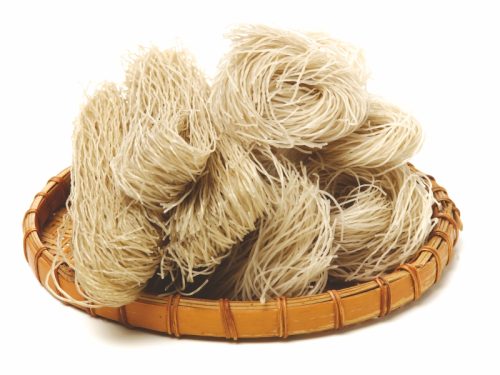Current Issue
From the Archives
Artificial intelligence: Leapfrog opportunity for Indian education

Media Bytes
“Teachers do talk about things that are making their professional lives difficult. The sense of helplessness they feel in the face of bureaucratic aggression is a common complaint. One might mistakenly assume that bureaucratic aggression and expectations prevail only in government schools. Corporatised management of private schools manifests in ways quite similar to the control that is bureaucratically exercised on government school teachers.”
— Dr. Krishna Kumar, Indian Express, (5/10)
“On October 10 every year, World Mental Health Day highlights the extent of mental illness in the world – over one billion people (13 percent of global population) suffering from mental illnesses. India is a part of this, with a 13.7 percent lifetime prevalence of mental disorders in the country.”
— Samayeta Bal, The Hindu, (10/10)
















